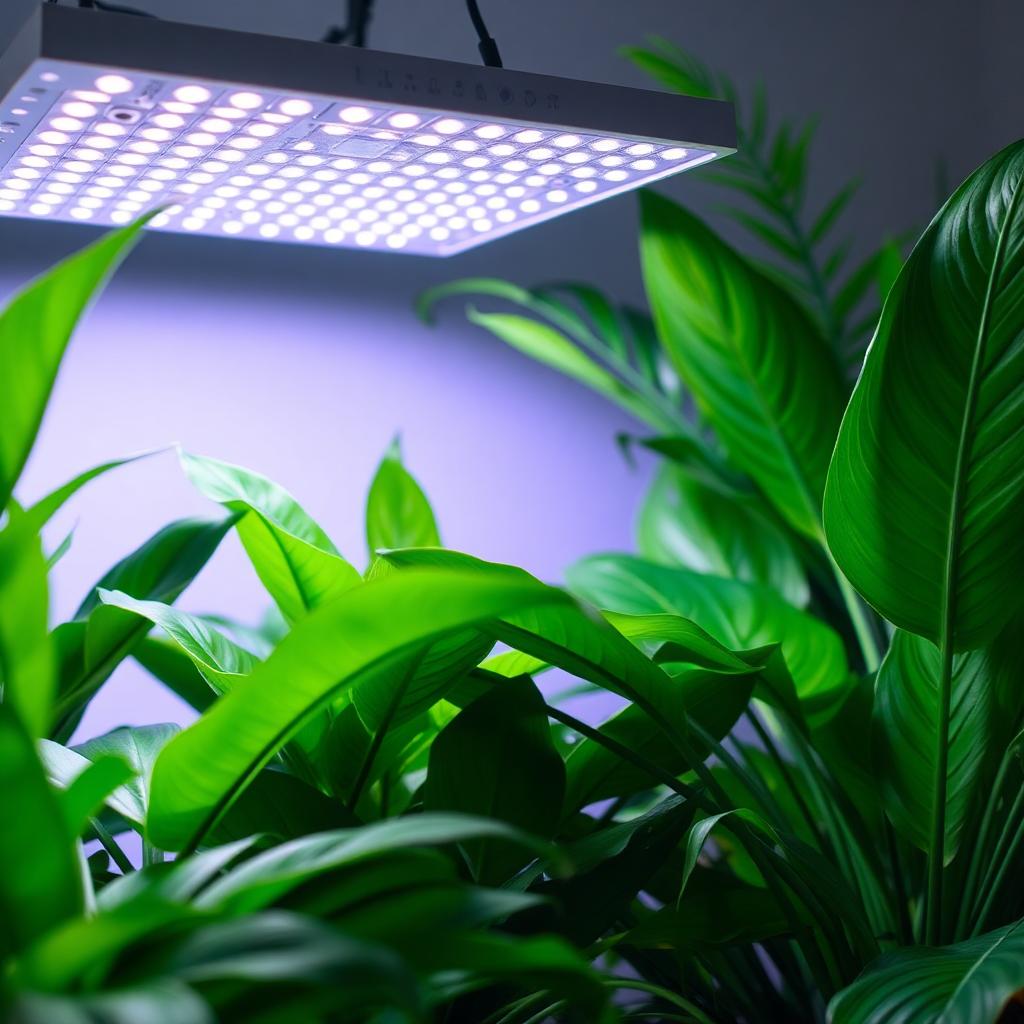
Understanding Light PPFD and Its Critical Role in Growing Healthy Indoor Tropical Houseplants
Share
Lighting is one of the most vital factors in successful indoor growing of tropical houseplants. Among various light metrics, PPFD (Photosynthetic Photon Flux Density) is a key measurement, indicating the amount of usable light photons that reach your plants in a given area each second. Managing and adjusting PPFD is essential throughout your plants’ growth stages, starting from tissue culture acclimation and continuing through vigorous foliage development.
What is PPFD and Why Is It Important?
PPFD measures the number of photosynthetically active photons (400-700 nm) falling on a square meter each second, expressed as μmol/m²/s. Unlike wattage or lumens, PPFD directly reflects how much energy your plants receive to fuel photosynthesis. Proper PPFD management optimizes plant health, fosters lush foliage, and ensures robust growth, all crucial for tropical houseplants.
Stage 1: Tissue Culture and Acclimation
In this delicate early stage, plantlets are highly sensitive and require gentle lighting:
- Set PPFD to approximately 50-150 μmol/m²/s.
- Gradually increase light intensity over several days—this helps plants adjust without shock.
- Use low-intensity, full-spectrum grow lights to mimic natural conditions, encouraging healthy leaf and root development.
- Avoid sudden increases in light or high PPFD levels that could stress or damage tissue-cultured plants.
Stage 2: Vegetative Growth
Once your plants are acclimated, they enter their most vigorous phase of growth:
- Increase PPFD to about 150-250 μmol/m²/s depending on the plant species and their natural habitat.
- Aim for bright, indirect light that stimulates lush foliage without causing leaf scorch or stress.
- The goal is to promote dense, healthy leaves and strong stems, vital for the overall health of your tropical plants.
- Use full-spectrum LED grow lights and adjust their position to maintain consistent, optimal PPFD levels.
Stage 3: Mature and Maintenance Phase
Even after reaching maturity, maintaining the right light intensity is key:
- Keep PPFD within the 150-250 μmol/m²/s range for general maintenance, ensuring consistent growth and health.
- Regularly measure your PPFD to prevent fluctuations that can hinder growth or cause stress.
- As your plants grow larger, adjust the height of lights or dim intensity to keep PPFD at ideal levels.
How to Adjust PPFD Effectively
- Use a PPFD meter to measure the light intensity at the canopy level.
- Gradually increase or decrease the PPFD based on plant response; signs of inadequate light include elongated stems and sparse foliage, while too much light can scorch leaves.
- Keep environmental factors like temperature and humidity optimal, as they influence the plants’ ability to utilize light efficiently.
Final Tips for Successful Indoor Tropical Gardening
- Always start with lower PPFD levels and increase gradually as your plants mature.
- Use adaptable, full-spectrum LED lighting for consistent, customizable light quality and intensity.
- Regularly sample your PPFD to ensure your setup stays within the optimal range—this precision ensures healthy, vigorous foliage and overall plant vitality.
Conclusion
Managing PPFD thoughtfully at every growth stage ensures your indoor tropical houseplants develop strong foliage and remain healthy without the stress of over- or under-lighting. From tissue culture to mature plants, consistent, appropriate light levels are the foundation of a thriving indoor tropical garden.
